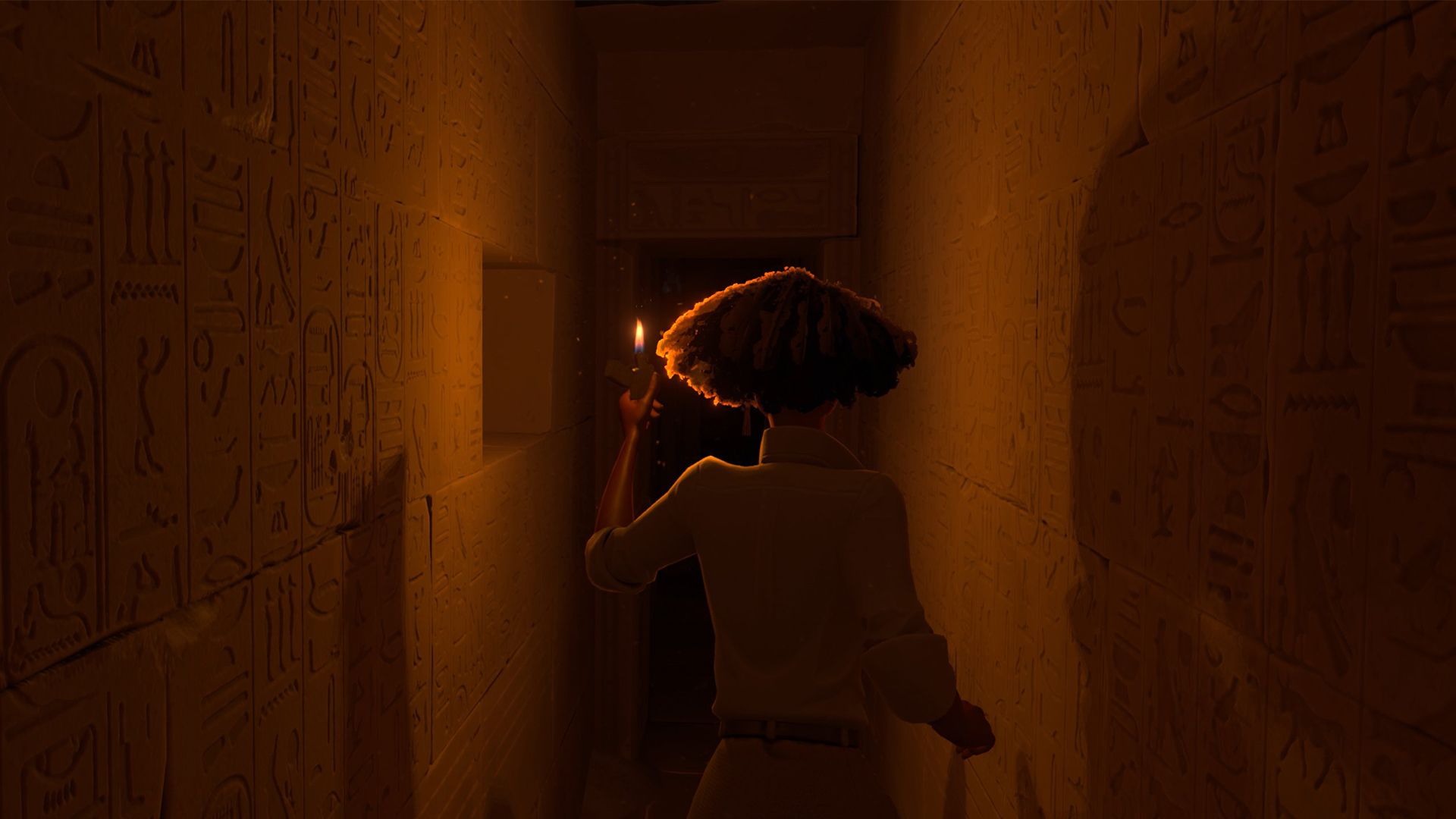As the follow-up the studio's acclaimed Firewatch, Campo Santo's In the Valley of Gods quickly drew a lot of attention with its reveal at The Game Awards in December 2017 thanks to its haunting and evocative trailer. However, after the recent news that the game's development has been put on hold in light of other projects that the studio is working on at Valve (such as Half-Life: Alyx), the future of In the Valley of Gods remains uncertain, with a writer on the project sharing some more details on what could have been with the game in its original form.Duncan Fyfe, a former contract writer for Campo Santo who had worked on In the Valley of Gods, shared a few details on the game in an extensive thread on Twitter. Specifically, Fyfe elaborated a bit more on some of the broader themes and ideas that In the Valley of Gods was aiming to address, beyond what was shown in the game's initial reveal trailer two years ago.Fyfe explained that the game "was kind of about what we lose when we die," tying in to its setting of 1920s Egypt where two explorers journey though "a mystery adventure story." He added in relation to that theme:
"There's what we think will happen, and there's what does, thousands of years later: people forget the basic facts of our existence, and our bodies are ground into fertiliser, displayed naked in a museum, or crushed underfoot in a dash for something pretty in our tomb."
Specifically, Fyfe hinted that an aspect of the game's story that would have looked at how "the 19th and 20th centuries twisted race science to assert that the Egyptians who actually created all that good stuff were themselves white," in reference to crediting "the beautiful art and advanced technology of ancient Egypt to a black, African race." Fyfe felt that this was a narrative that would have been "an important thing to think about in a game about two black women in a world of white Egyptologists."
Fyfe also added a few other points in the thread about some of the other ideas and research that he embarked on in preparation for In the Valley of Gods, such as a story thread he wrote about "a secret society of camel fanciers who convene in the desert at midnight to dress camels up in human clothes and paint their portraits." Likewise, he also spent a large amount of time "with 19th century maps and guidebooks, cartouche diagrams and tomb plans, theses and excavation reports," and more as research for the game's Egyptian setting and to build out its story and themes.
However, as made evident by the game's stalled development at Campo Santo, Fyfe explained that it is "unlikely that I'll work on it again" and that he was "disappointed to be done with a game that I really cared about." Given what we saw from In the Valley of Gods in its reveal trailer, it's clear that the game was aiming to address some intriguing themes and ideas, and hopefully we will be able to see some of that come to fruition if the game's development resumes at some point in the future.

